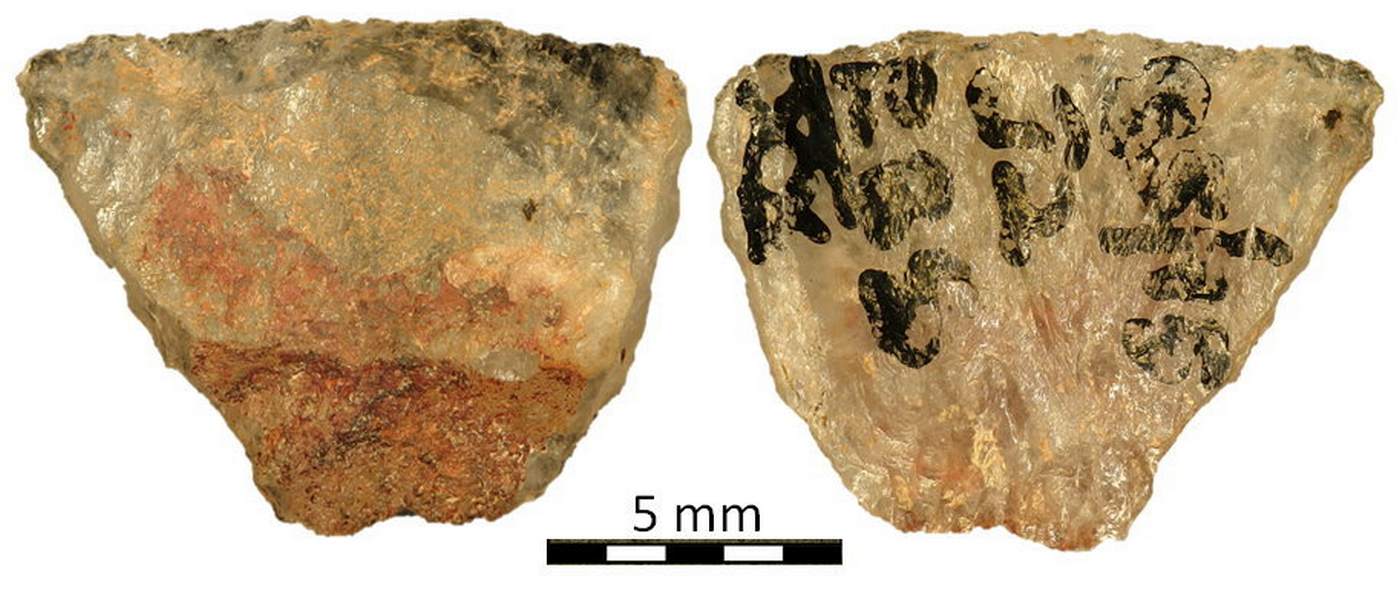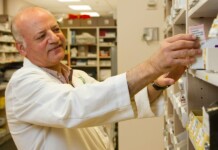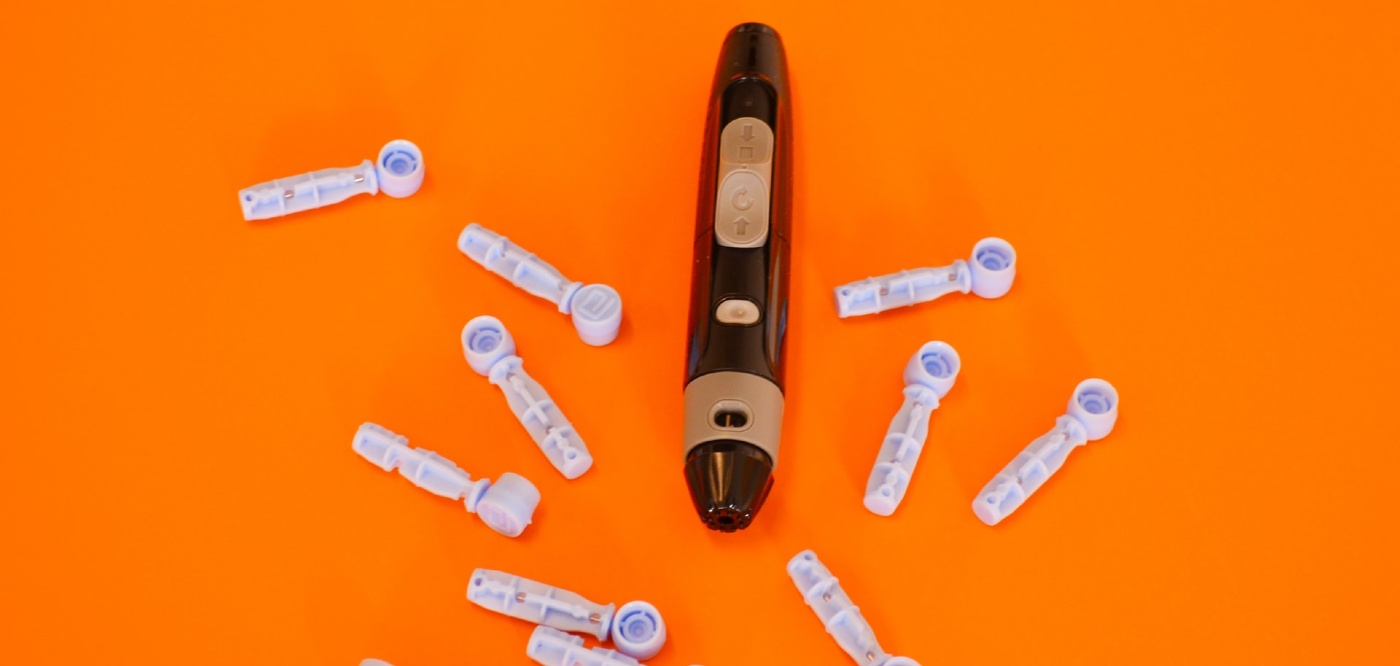Scientists at the University of Alberta just cured diabetes in mice, opening the floodgates for research on adapting this cure for humans.
The potential cure is a landmark moment in preventing the growing prevalence of diabetes in our society, a disease which, according to WHO, burdens 422 million people worldwide.
The process involves a stem cell application that reverse-engineers insulin islets out of blood cells—this cured mice of the disease.
“We’ve been taking blood samples from patients with diabetes, winding those cells from the blood back in time so that they can be changed, and then we’re moving them forward in time so that we can turn them into the cells we want,” explains the procedure’s pioneer Dr. James Shapiro to CTV, who famously developed the “Edmonton Protocol”—another diabetes treatment, in the 1990s.
The Edmonton Protocol involved using islet cells from organ transplants, but required powerful anti-rejection medication. The new stem cell process uses the patient’s own cells so rejection is impossible.
Like any good scientist, Shapiro won’t move beyond the phrase “more research is needed,” but hopes he can receive support from governments if he can prove the science is the same in humans.
“There needs to be preliminary data and ideally a handful of patients that would demonstrate to the world that this is possible and that it’s safe and effective,” said Shapiro.
The lack of funding has led to a group of volunteers to create a “22 by 22” campaign to raise $22 million by 2022 in order to help advance the procedure so it can be available to humans as soon as possible.
Canada is no stranger to making breakthroughs in diabetes treatments—Sir Frederick Banting had the idea for insulin 100 years ago, with 2022 marking the centennial anniversary of its groundbreaking first use.
SHARE News of This Exciting Breakthrough With Friends…




















